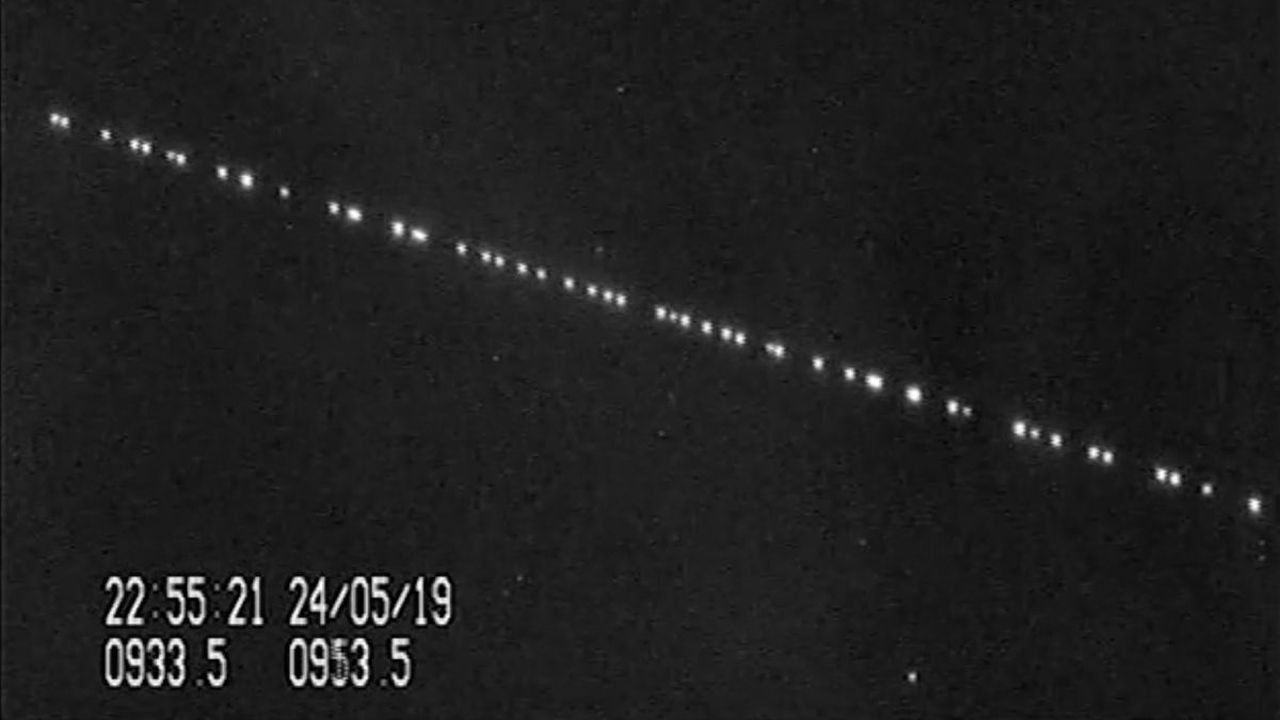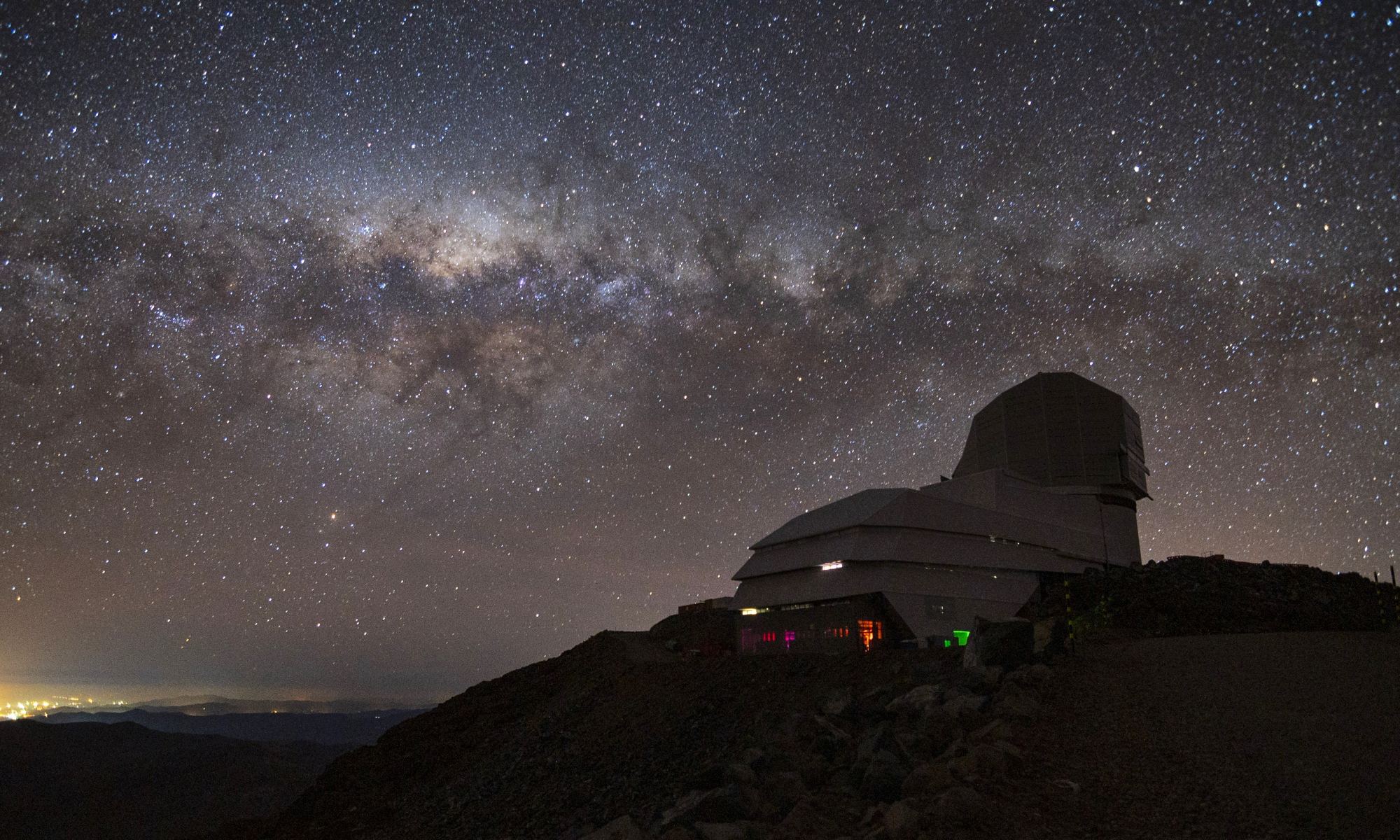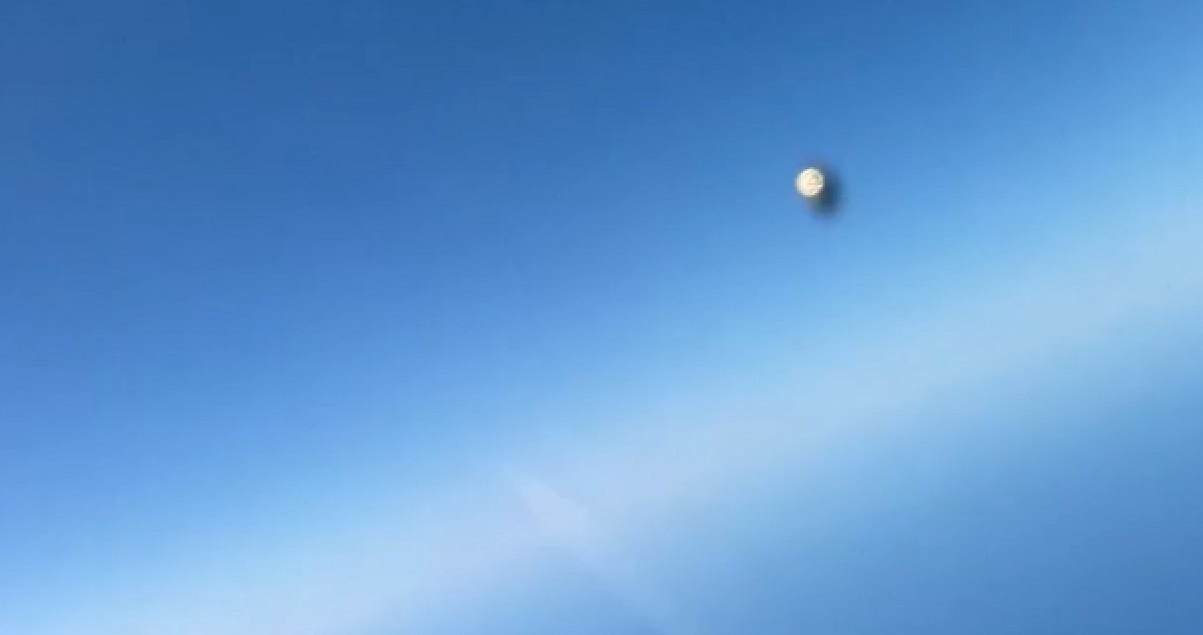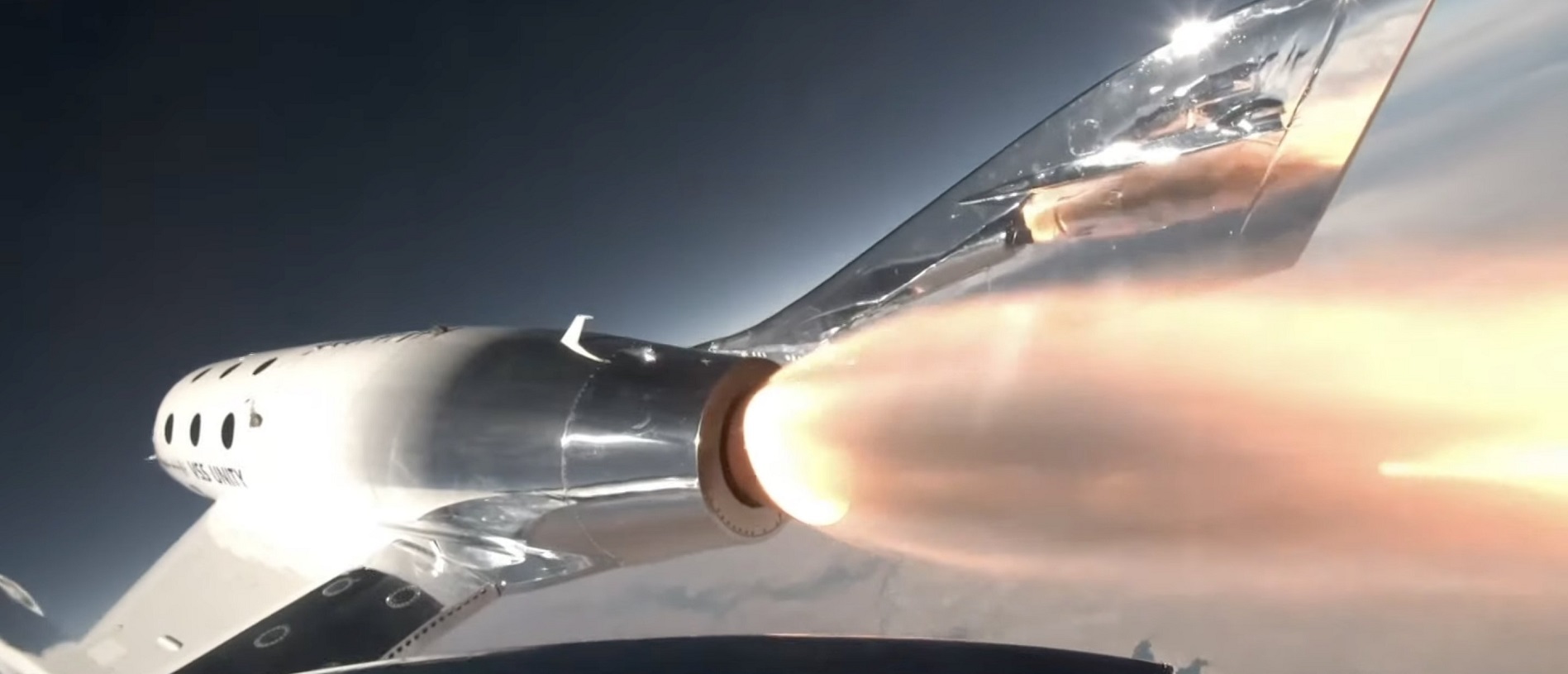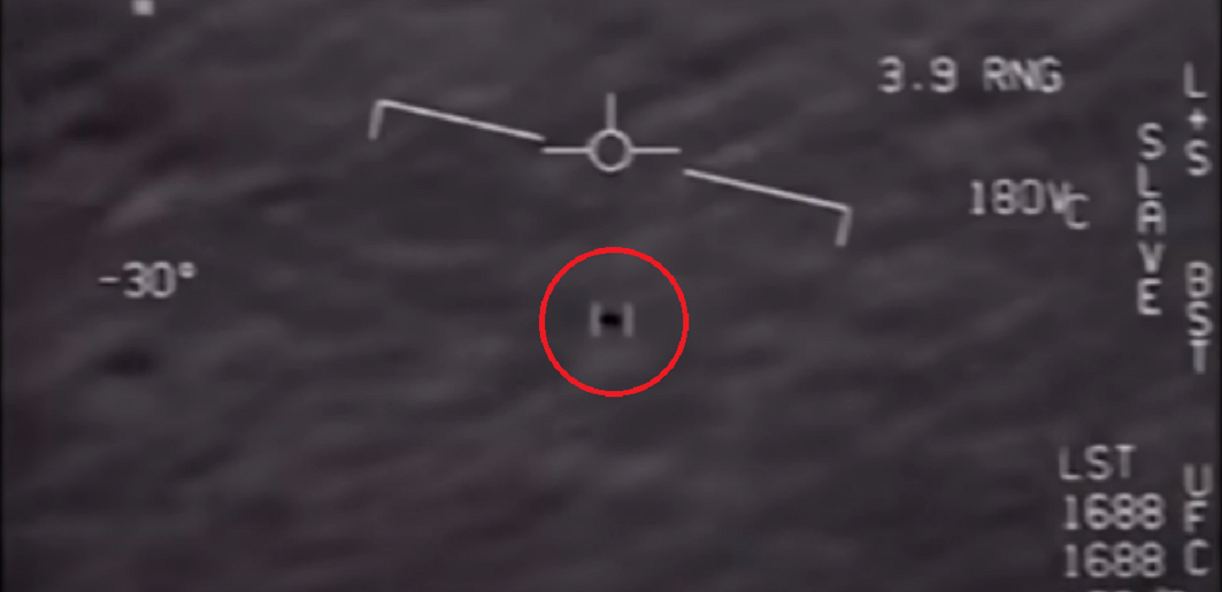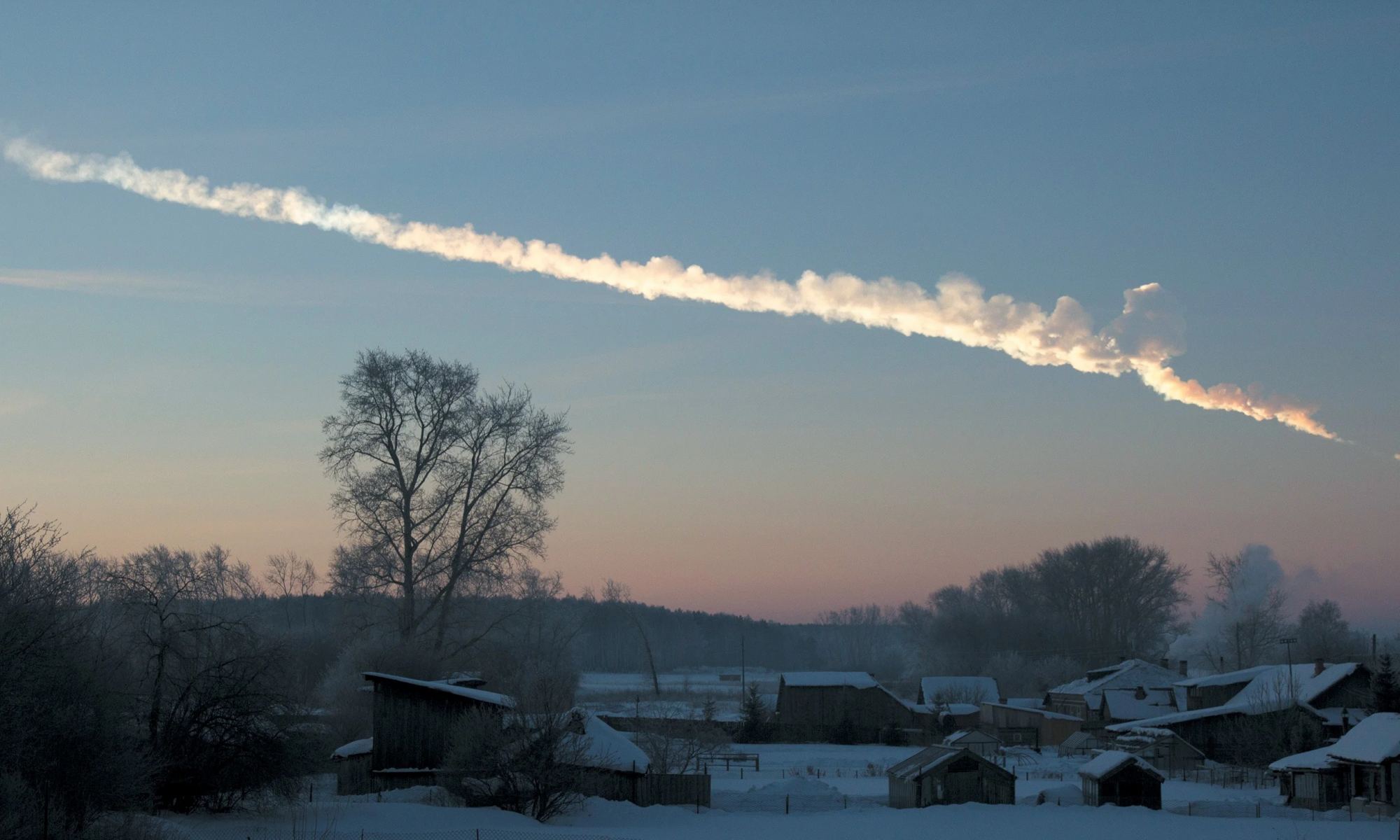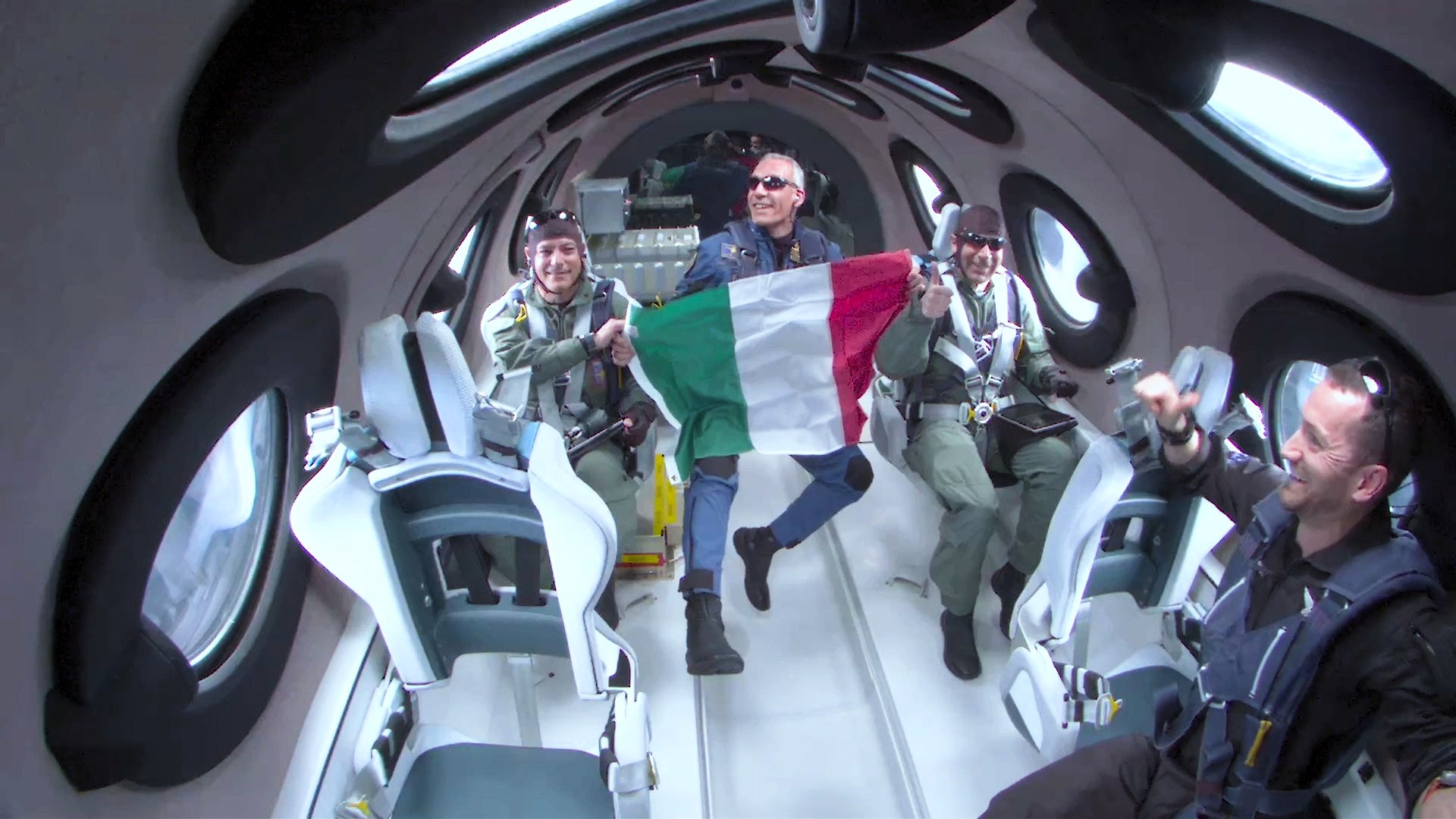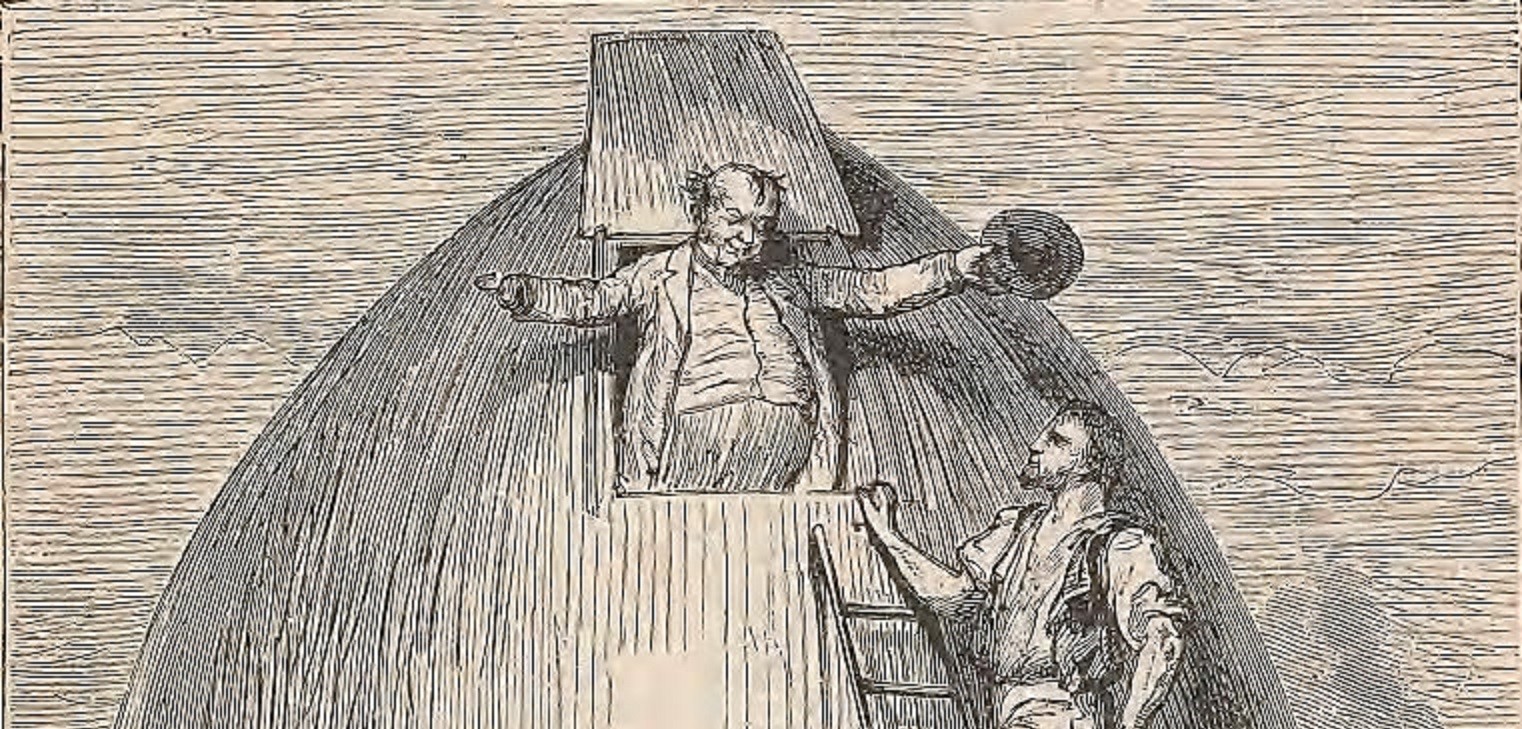Quick: Name a woman scientist.
Chances are the name you came up with is Marie Curie, the physicist and chemist who won two Nobel Prizes more than a century ago for the discoveries she and her husband Pierre made about radioactivity.
But who else? In a new book titled “Her Space, Her Time,” quantum physicist Shohini Ghose explains why women astronomers and physicists have been mostly invisible in the past — and profiles 20 researchers who lost out on what should have been Nobel-level fame.
“This issue around having low representation of women in physics is something that’s common all around the world,” Ghose says in the latest episode of the Fiction Science podcast. “And I’ve certainly faced it in my own experiences as a physicist growing up. I really didn’t know of any woman physicist apart from Marie Curie.”


